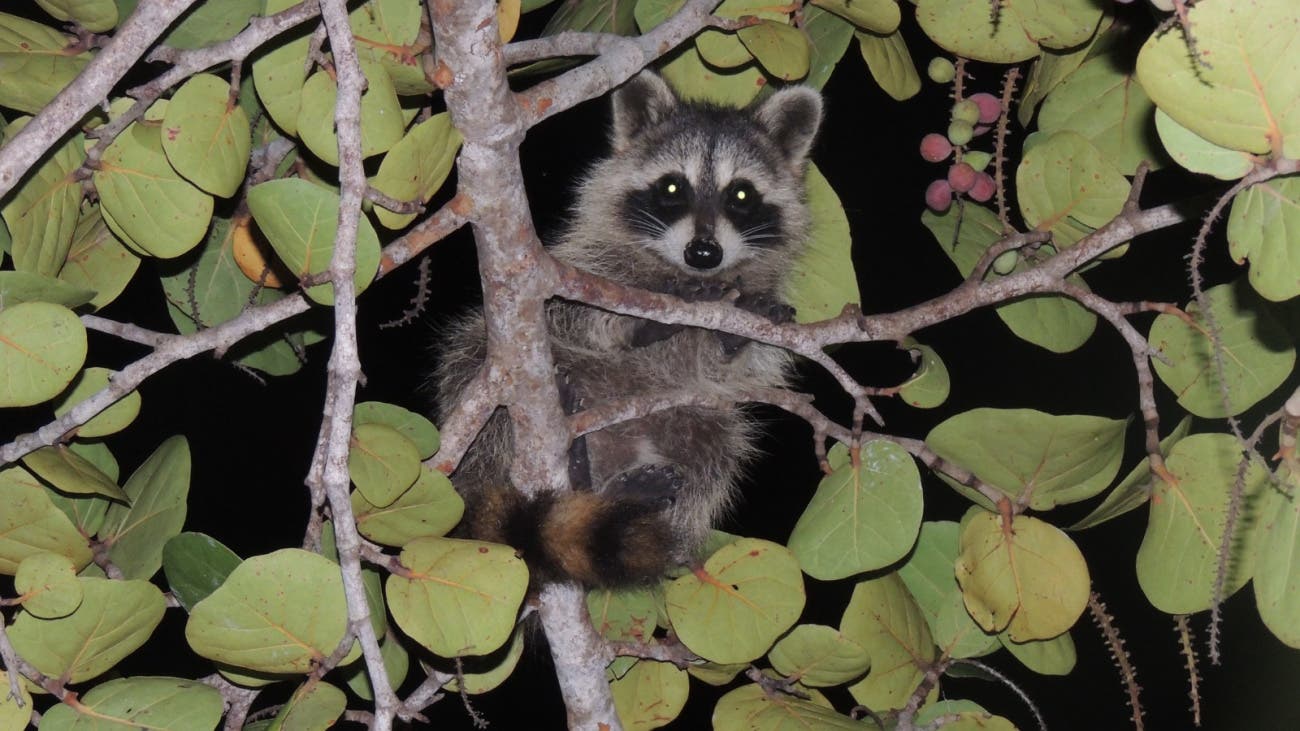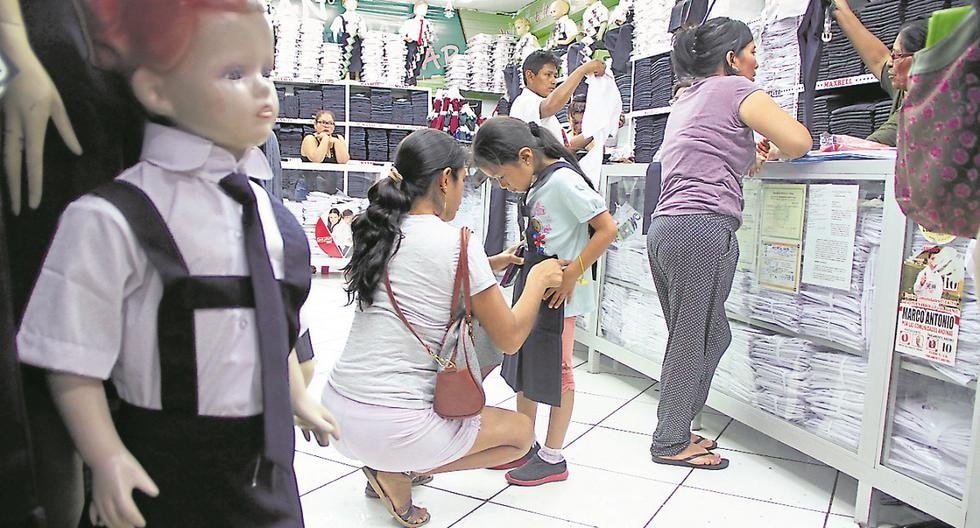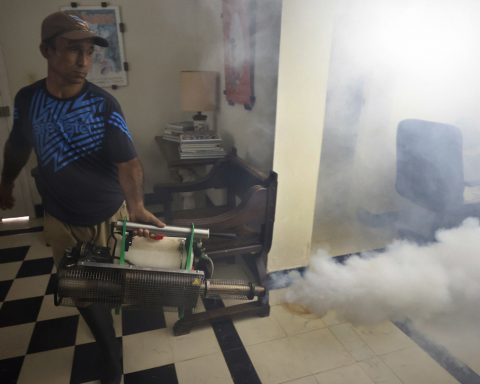SANTO DOMINGO.- The Ministry of the Environment and Natural Resources asked the people responsible for keeping the raccoon that has been seen in recent days, presumably in the Cristo Rey sector, National District, to voluntarily hand it over to said institution or to the National Zoo. Arch. Manuel Valverde Podestá.
The request from the governing body for the environment responds to the high danger of having said animal outside its natural habitat, because this mammal, which is from the Procyonidae family, is a carrier of various diseases that are harmful to humans and pets. .
“Bites or scratches can cause rabies, as well as their urine and feces can pose several serious health risks,” the Environment warned.
Residents of Cristo Rey catch raccoon
This Friday afternoon, residents of the Cristo Rey sector of the National District caught the raccoon sighted last Wednesday in the vicinity of the La Esperanza sector, in front of the Botanical Garden.
The capture of the mammal was recorded by locals and viralized on social networks and now the residents of the aforementioned sector demand an economic reward to deliver it.
They ask you to give it up voluntarily
Through the Vice Ministry of Protected Areas and Biodiversity, the entity explained that last Friday, February 17, a team of technicians from the Ministry, with the assistance of two agents from the National Environmental Protection Service (SENPA), visited the aforementioned sector where he believes the animal is there, but he could not see it because they have it hidden in a residence and several locals requested money in exchange for delivering the species.
“The law prevents us from entering a private enclosure without a search warrant issued by a judge, so we proceeded to withdraw and we will return with the corresponding authorizations to seize the animal,” the institution said.
In this sense, the entity in charge of conserving biodiversity, assured that it will remain vigilant and has arranged trained personnel to tour different areas where the raccoon has been seen, places where it has also placed traps to capture it.
Diseases that a raccoon could transmit
The mammal, which was seen in a video on social networks in the aforementioned sector and whose origin is unknown until now, transmits rabies to another animal or human through saliva. It causes muscle pain, dizziness, fatigue, fever, delirium, aggression, and eventually death.
The species also carries leptospirosis, a bacterial disease that is transmitted through feces and can cause fever, headache, chills, muscle aches, jaundice, and kidney or liver failure.
Another disease that raccoons could transmit is salmonellosis. This causes abdominal pain, cramps, diarrhea and vomiting. It can often lead to hospitalization.
Likewise, giardiasis, an infection that causes gastrointestinal upset with bloating, vomiting, indigestion and loss of appetite.
about raccoons
Raccoons, of the Procyonidae family, are native to continental America (North and Central) from Canada to Panama. Its natural habitat is in trees near water or coastal mangroves. They have adapted to living close to man, as they are omnivores that feed on waste.
This species is problematic in its place of origin and is not in danger of extinction. They have adapted to living near humans and are considered an invasive alien species.
















